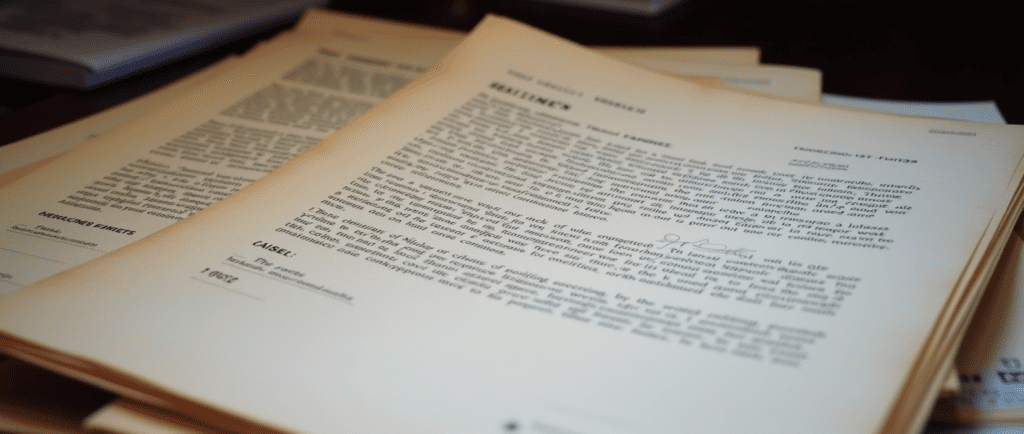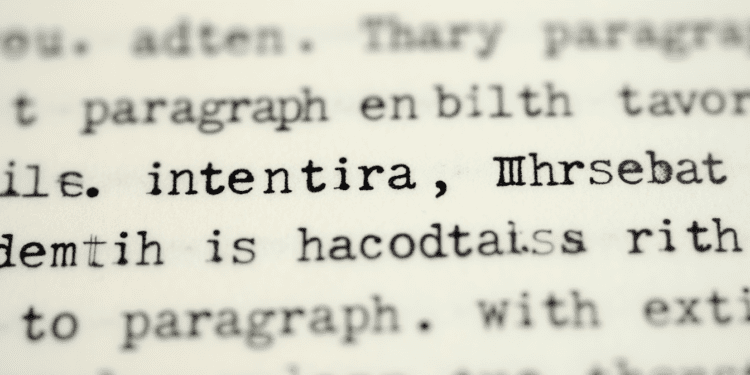In the world of literature, even the smallest details can make a big difference. Just ask J.K. Rowling, whose original manuscript for “Harry Potter and the Philosopher’s Stone” famously used double-spacing and generous margins—choices that would make any modern editor raise an eyebrow. While Rowling’s unconventional formatting didn’t hinder her success, for most aspiring authors, adhering to industry standards for manuscript formatting, including proper paragraph indentation, can be crucial in making a positive first impression.
A Brief History of the Indent
The practice of indenting paragraphs dates back to the invention of the printing press. Initially, it served a practical purpose: to mark where a new paragraph began when text was justified on both sides. Over time, it evolved into a standard visual cue for readers, signaling a shift in thought or scene.
Today’s Standards: A Tale of Two Styles

In the modern publishing world, two main schools of thought prevail when it comes to manuscript formatting:
- The Traditional Indent: For most fiction and many non-fiction works, the industry standard in the United States is a 0.5-inch (or 1.27 cm) indent at the beginning of each paragraph, with no extra line spaces between paragraphs.
- The Block Paragraph: Commonly used in business writing and some non-fiction, this style features no indents but includes a full line space between paragraphs.
Interestingly, the United Kingdom tends to favor slightly smaller indents, typically around 0.3 inches (or 0.76 cm). “The difference is subtle,” says Sarah Thompson, a senior editor at Penguin Random House UK, “but it reflects a long-standing preference for a cleaner look on the page.”
The Digital Dilemma
The rise of e-books and digital publishing has added a new wrinkle to the indentation debate. “In digital formats, we often see the first paragraph of a chapter unindented, with subsequent paragraphs indented,” explains Mark Johnson, a formatting specialist at Amazon’s Kindle Direct Publishing. “This helps create a clear visual break between sections on smaller screens.”
Setting It Up Right
For authors preparing their manuscripts, here’s a quick guide to setting up proper indentation in most word processors:
- Select all text in your document.
- Open the Paragraph formatting menu.
- Under “Special” or “Indentation,” choose “First Line.”
- Set the indent to 0.5 inches (1.27 cm).
Common pitfalls to avoid include using the tab key or spacebar to create indents (which can lead to inconsistencies) and applying indents to every paragraph, including the first one after a chapter or section break (which is typically left unindented).
The Editor’s Eye

“Proper formatting tells me an author has done their homework,” says Michael Pietsch, CEO of Hachette Book Group. “It shows respect for the craft and makes my job easier. But more importantly, it allows the words themselves to shine without distraction.”
This sentiment is echoed across the industry. While a brilliantly written manuscript might overcome formatting faux pas, adhering to standards like proper indentation can give new authors an edge in a competitive field.
The Bottom Line
In the grand scheme of storytelling, paragraph indentation might seem like a minor concern. However, in the world of professional publishing, these small details can speak volumes. By mastering the art of the indent, authors demonstrate not just attention to detail, but a commitment to their craft and an understanding of industry expectations.
As you polish your manuscript, remember: those half-inch spaces aren’t just blank areas on a page. They’re the breath between your thoughts, the pause between your scenes, and potentially, the first step toward seeing your name in print.






